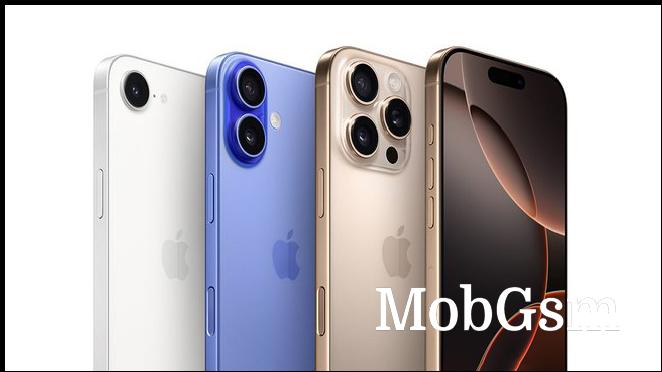Flashback: the multiple times that 3D phones failed to catch on

After a hiatus of 13 years Avatar is back in cinemas – the original movie revolutionized the industry and transformed 3D from a gimmick to a must-have for each and every blockbuster. But what happened once a 3D movie left the silver screen and was released on Blu-ray? The rise in popularity of 3D movies created a need for TVs that could play them in the comfort of your own home.
Except this version of events doesn’t tell the whole story, 3D is much older than Avatar. Seriously, the first color movie came out in 1908, the first stereoscopic 3D movie was out in 1922 (or perhaps earlier). However, until James Cameron’s movie 3D was just an occasional gimmick that was revived and quickly forgotten several times over the years. And while 3D movies in the cinema are still the norm, they drop down to two dimensions for the home release.

The charitable interpretation is that the 3D effect really benefits from a larger screen, while even the larger home TVs don’t see enough benefit. But if the 3D effect isn’t worth it on a 40+ inch TV what chance does it have of succeeding on a screen that you can put in your pocket? (the less charitable interpretation is that 3D tickets cost more, by the way)
Phones with 3D screens predate the upheaval that Avatar caused in Hollywood. British publication The Guardian has an article from 2002 titled The return of 3D – it’s not about the latest string of gimmicky horror films in 3D (of which there was no shortage), it was about the first-ever phone with a 3D display.
That phone was the Sharp mova SH251iS for NTT DoCoMo and while it was only available in Japan, The Guardian found it interesting because the screen technology was developed by a British team. It was an autostereoscopic display, meaning that you didn’t need glasses to see the 3D effect, however, it only worked from a specific perspective.
 The Sharp mova SH251iS is so old we couldn"t even find a good image of it
The Sharp mova SH251iS is so old we couldn"t even find a good image of itIf you have an experience with this type of display, it is very likely that it came from a Nintendo 3DS. However, the 3DS only came out in 2010 – Sharp (as always) was way ahead of the curve. We have to admit that the article’s title gave us a chuckle, even as far back as 2002 the attitude towards 3D was “ugh, it’s back”.
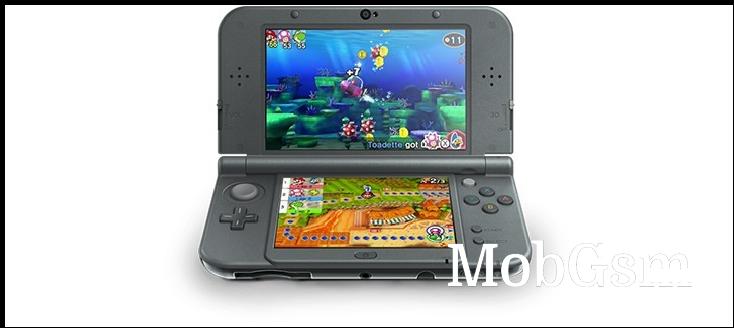 The Nintendo 3DS has probably the most popular autostereoscopic display out there
The Nintendo 3DS has probably the most popular autostereoscopic display out thereAnyway, while the Brits had figured out how to build a 3D display, making a 3D camera was still an open question. The Sharp phone had only one camera, so to shoot a 3D image you had to take a photo, move to the side slightly and take a second photo. Afterwards, the software would merge the two into a side-by-side 3D image viewable on the phone’s screen... and perhaps no other screen that you had. Or that your friends had, unless they also bought a mova SH251iS.
This means that the first-ever phone with a 3D screen encountered the same problem that plagued other 3D phones to come – you can view 3D content on the phone and nowhere else. Want to view a photo on your computer? Unless you have specific hardware, you can only get a 2D image. Same for viewing it on your TV or printing it (remember, this was back in 2002).
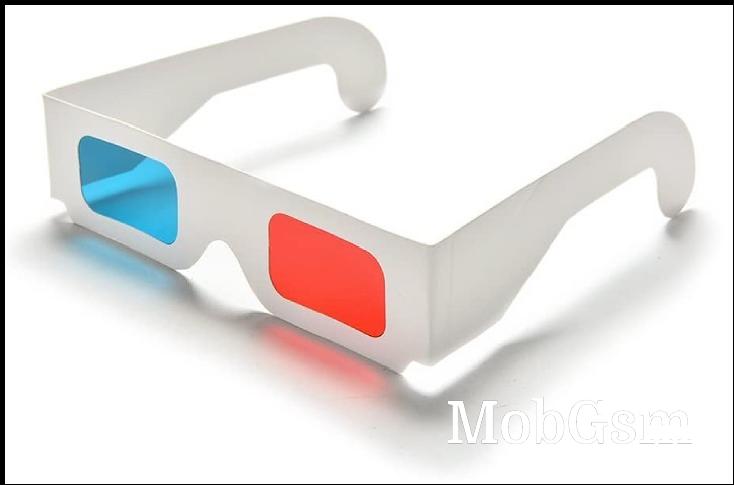
You can use a pair of cheap red-cyan glasses and special software to view 3D images on a 2D screen. Except those cheap glasses really mess up the colors of the image – not ideal for movies or photography. And most image viewers didn’t know what to do with a 3D image, anyway, so you had to browse the early Internet to find something that works. All of this was more hassle than the 3D effect was worth.
Not that the basic 0.3MP camera could produce stunning images. And even the phone’s dedicated 3D screen wasn’t exactly high quality – a tiny 2.2” image with only 65K colors.
In 2007 came the Samsung SCH-B710, which solved the camera issue. It had a pair of 1.3MP cameras so you could snap a 3D photo with a single click. This also resolved the problem of photographing moving objects (the two photos trick won’t work if the subject is moving). The Samsung also used an autostereoscopic display and it wasn’t great either – another tiny 2.2” display with 240 x 320px resolution (note that this type of display only show half of the resolution to each eye).
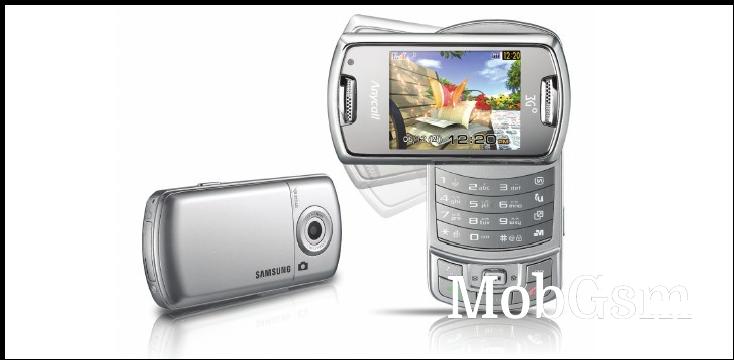 The Samsung SCH-B710, note: the 3D view works only in one display orientation
The Samsung SCH-B710, note: the 3D view works only in one display orientationThere were some other models, like the Samsung W960 AMOLED 3D and the Spice M-67 3D from 2010, but they didn’t catch on either.


Samsung W960 AMOLED 3D • Spice M-67 3D
Moving on to the post-Avatar era, which also coincided with the rise of Android, we get to the LG Optimus 3D and the HTC EVO 3D. These are probably the phones you thought of when you read the headline.

They may not have been the first, but they had the best shot at making 3D work. They had large displays, both 4.3”, and were decently sharp – 480 x 800px on the LG, 540 x 960px on the HTC. And they had better quality cameras too, a pair of 5MP sensors on each phone.
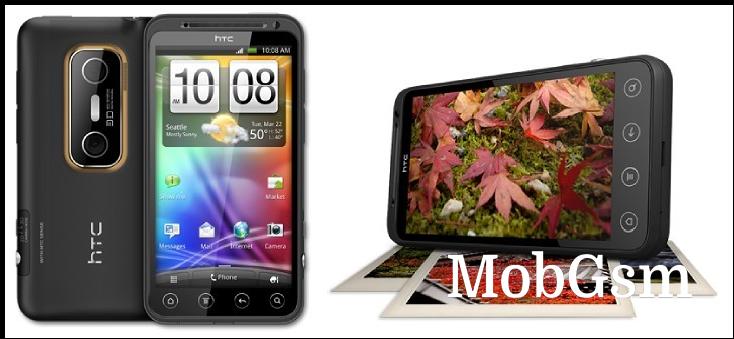
We think that the “smartphone” aspect was more important as well as the evolution of the Internet. App stores made it easy to download apps like, say, an image viewer that supports red-cyan glasses for your friends and family without a 3D phone. Also, sharing photos over the Internet was easier than ever. So, what went wrong this time?
First, allow us to show you some 3D camera samples. Notice the problem? Whichever browser you are using doesn’t support the side-by-side 3D format. There used to be a site that supported various 3D displays as well as 2D displays + glasses, but that service died off years ago.




Side-by-side 3D photos from the LG Optimus 3D
YouTube still supports 3D, interestingly enough, here is a sample video:
And even if you were a 3D enthusiast that enjoyed the added depth that these images have, sharing these images with family and friends was difficult unless they were similarly enthusiastic. Maybe if 3D TVs caught on and then PC monitors and laptop displays started supporting 3D things would have been different.
This brings us back to our point from the beginning – the 3D effect just isn’t worth it on small displays.
So, is this the end for 3D phones? Or is there a chance that they will make another comeback? The truth is they never went away, there are still new 3D phones (and even 3D tablets) being released. It’s just that they are flying so low under the radar that you probably never knew they existed.
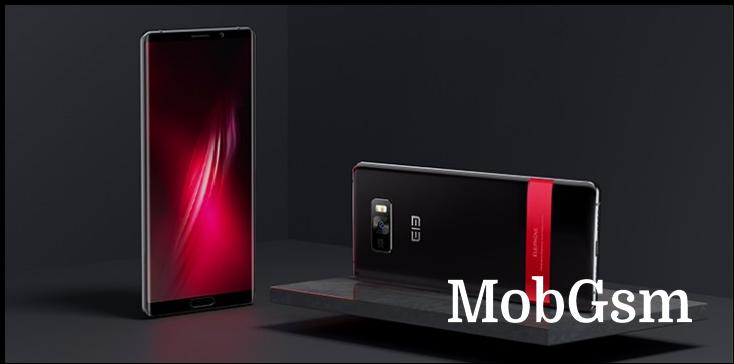 The Elephone P11 3D is from 2019
The Elephone P11 3D is from 2019At any rate, we think that 3D displays are best left in the past. A 3D photo is pretty static, even a 3D video has a fixed perspective. VR is the “next big thing”, it lets you look around freely and with the more advanced headsets you can even move around the scene. It’s everything that 3D wanted to be but better. VR games are slowly but steadily rising in popularity and VR has found many applications in professional settings.
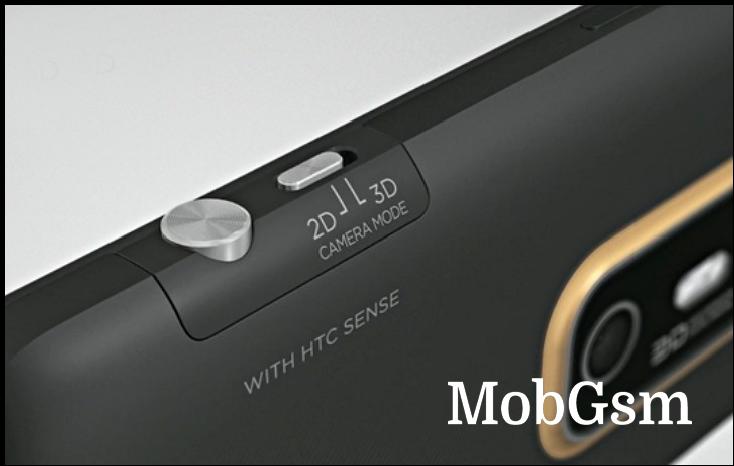
Smartphones had their chance to be part of the VR market too – remember Google Cardboard and Samsung Gear VR and all the other similar attempts? Maybe those came out too early, before there was enough worthwhile content to experience. And maybe there will be a resurgence after Sony’s PSVR2 launches (early next year) and Apple finally delivers its own headset. And, of course, Meta is pouring billions into the Metaverse. But even if VR phone kits come back, we bet that 3D phones never will.
PS. Like 3D, VR has been around for longer than you might have expected too. But it hasn’t yet had its Avatar moment.






